So we should preserve it. I don’t think that digital storage is necessarily a good thing, but I definitely think that digital manipulation is interesting.
-Sean Booth
This Scala best practice is inspired from Databricks Scala Guide. Most of day to day programming best practices are covered in this Scala best practice guide. I will keep updating this space from time to time. Happy coding.
Java Interoperability
This section covers guidelines for building Java compatible APIs. These do not apply if the component you are building does not require interoperability with Java. It is mostly drawn from our experience in developing the Java APIs for Spark.
Java Features Missing from Scala
The following Java features are missing from Scala. If you need the following, define them in Java instead. However, be reminded that ScalaDocs are not generated for files defined in Java.
- Static fields
- Static inner classes
- Java enums
- Annotations
Traits and Abstract Classes
For interfaces that can be implemented externally, keep in mind the following:
- Traits with default method implementations are not usable in Java. Use abstract classes instead.
- In general, avoid using traits unless you know for sure the interface will not have any default implementation even in its future evolution.
// The default implementation doesn't work in Java
trait Listener {
def onTermination(): Unit = { ... }
}
// Works in Java
abstract class Listener {
def onTermination(): Unit = { ... }
}
Type Aliases
Do NOT use type aliases. They are not visible in bytecode (and Java).
Default Parameter Values
Do NOT use default parameter values. Overload the method instead.
// Breaks Java interoperability
def sample(ratio: Double, withReplacement: Boolean = false): RDD[T] = { ... }
// The following two work
def sample(ratio: Double, withReplacement: Boolean): RDD[T] = { ... }
def sample(ratio: Double): RDD[T] = sample(ratio, withReplacement = false)
Multiple Parameter Lists
Do NOT use multi-parameter lists.
Varargs
- Apply
@scala.annotation.varargsannotation for a vararg method to be usable in Java. The Scala compiler creates two methods, one for Scala (bytecode parameter is a Seq) and one for Java (bytecode parameter array).@scala.annotation.varargs def select(exprs: Expression*): DataFrame = { … } - Note that abstract vararg methods does NOT work for Java, due to a Scala compiler bug (SI-1459, SI-9013).
- Be careful with overloading varargs methods. Overloading a vararg method with another vararg type can break source compatibility.class Database { @scala.annotation.varargs def remove(elems: String*): Unit = … // Adding this will break source compatibility for no-arg remove() call. @scala.annotation.varargs def remove(elems: People*): Unit = … } // This won’t compile anymore because it is ambiguous new Database().remove()Instead, define an explicit first parameter followed by vararg:class Database { @scala.annotation.varargs def remove(elems: String*): Unit = … // The following is OK. @scala.annotation.varargs def remove(elem: People, elems: People*): Unit = … }
Implicits
Do NOT use implicits, for a class or method. This includes ClassTag, TypeTag.
class JavaFriendlyAPI {
// This is NOT Java friendly, since the method contains an implicit parameter (ClassTag).
def convertTo[T: ClassTag](): T
}
Companion Objects, Static Methods and Fields
There are a few things to watch out for when it comes to companion objects and static methods/fields.
- Companion objects are awkward to use in Java (a companion object
Foois a static fieldMODULE$of typeFoo$in classFoo$).object Foo // equivalent to the following Java code public class Foo$ { Foo$ MODULE$ = // instantiation of the object }If the companion object is important to use, create a Java static field in a separate class. - Unfortunately, there is no way to define a JVM static field in Scala. Create a Java file to define that.
- Methods in companion objects are automatically turned into static methods in the companion class, unless there is a method name conflict. The best (and future-proof) way to guarantee the generation of static methods is to add a test file written in Java that calls the static method.class Foo { def method2(): Unit = { … } } object Foo { def method1(): Unit = { … } // a static method Foo.method1 is created in bytecode def method2(): Unit = { … } // a static method Foo.method2 is NOT created in bytecode } // FooJavaTest.java (in test/scala/com/databricks/…) public class FooJavaTest { public static void compileTest() { Foo.method1(); // This one should compile fine Foo.method2(); // This one should fail because method2 is not generated. } }
- A case object (or even just plain companion object) MyClass is actually not of type MyClass.case object MyClass // Test.java if (MyClass$.MODULE instanceof MyClass) { // The above condition is always false }To implement the proper type hierarchy, define a companion class, and then extend that in case object:class MyClass case object MyClass extends MyClass
